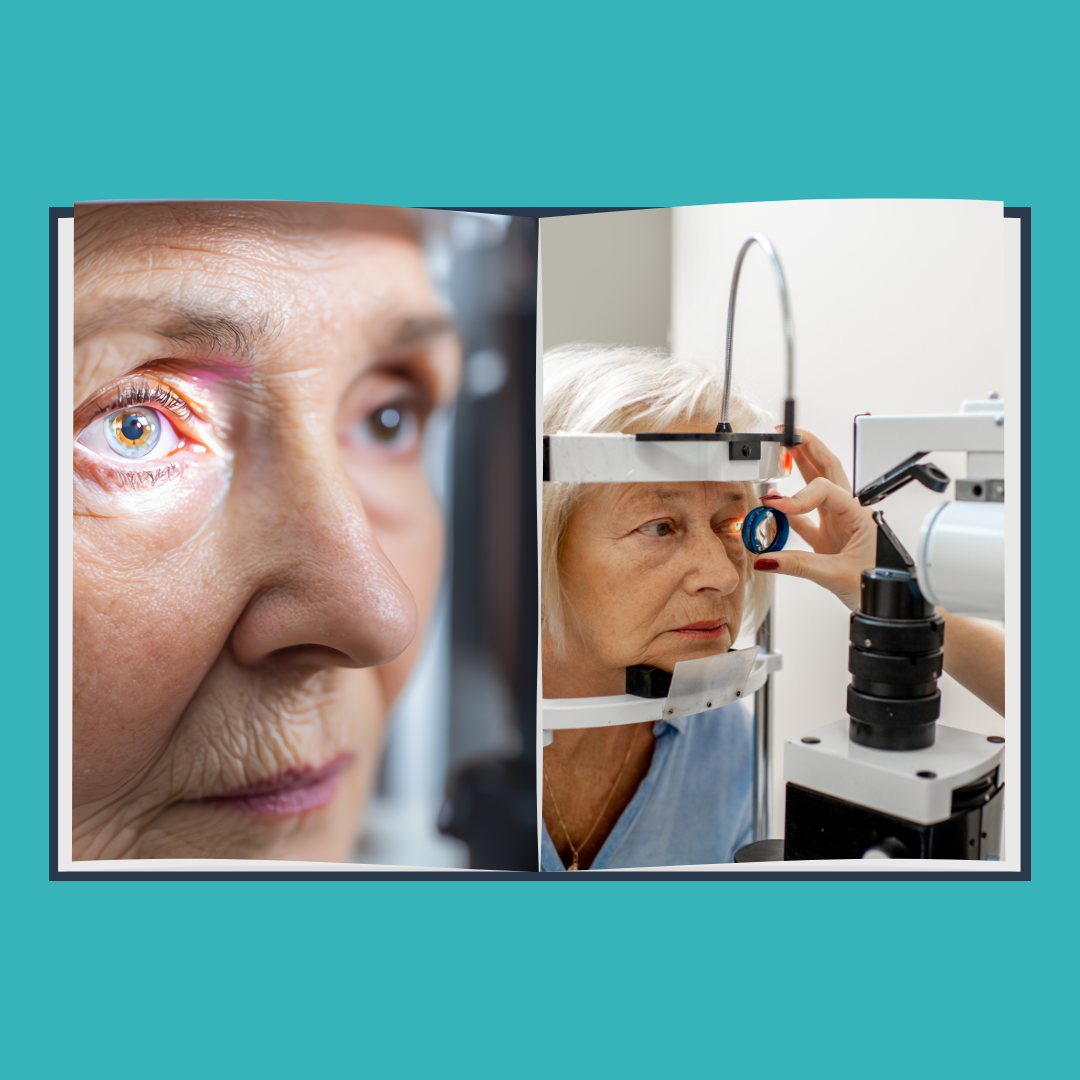New Paragraph
Helping Seniors Adapt to Seasonal Weather Changes: Tips for a Comfortable and Safe Transition
As the seasons shift, so do the challenges and opportunities for seniors, particularly those receiving in-home care. Weather changes can impact health, mobility, and mood, and adapting to these shifts requires careful planning and support. With proper preparation, seniors can enjoy each season comfortably and safely. Here, we’ll explore ways to help seniors adapt to seasonal weather changes, focusing on adjustments to home care routines, health considerations, and safety tips to enhance well-being throughout the year.
Understanding the Impact of Seasonal Changes on Seniors
Seasonal transitions—whether from warm to cold or vice versa—affect seniors in unique ways:
- Temperature Sensitivity: Older adults are often more sensitive to extreme temperatures due to changes in body composition, metabolism, and circulation.
- Increased Risk of Illness: Shifts in weather, especially colder months, can bring about illnesses such as the flu or exacerbate chronic conditions like arthritis.
- Mobility Concerns: Wet, icy, or uneven ground in winter and extreme heat in summer can make mobility challenging and increase the risk of falls.
- Mood and Mental Health: The lack of sunlight during colder months can lead to Seasonal Affective Disorder (SAD), which can affect mood and energy levels.
Preparing for Cold Weather: Winterizing Your Home and Routine
Winter’s cold, wet conditions require specific adjustments to keep seniors safe and comfortable. Here are some tips to prepare for and navigate the colder months:
1. Keep the Home Warm and Safe
- Heating Efficiency: Ensure the home heating system is functioning well. Consider a smart thermostat to maintain a steady temperature without constantly adjusting controls.
- Dress in Layers: Encourage wearing layers, which trap body heat and allow for easy adjustments if the temperature fluctuates.
- Weatherproofing: Seal windows and doors to prevent drafts, and use insulated curtains to retain warmth.
2. Preventing Seasonal Illness
- Vaccinations: Seniors should stay up-to-date with flu shots and other recommended vaccinations to prevent seasonal illnesses.
- Hand Hygiene: Regular hand-washing can prevent the spread of colds and flu. Consider hand sanitizers in commonly used areas for easy access.
- Boosting Immunity: Encourage a balanced diet rich in immune-supporting foods, like citrus fruits, leafy greens, and nuts. Vitamin D supplements may also be helpful during months with limited sunlight.
3. Fall Prevention
- Clear Pathways: Snow and ice increase the risk of falls, so keeping walkways, stairs, and driveways clear is essential. Arrange for snow removal services if needed.
- Proper Footwear: Non-slip, waterproof footwear is ideal for wet or icy conditions.
- Walking Aids: For those who use walkers or canes, equipping them with rubber tips or ice grippers can provide extra stability on slippery surfaces.
Adapting to Spring and Summer Weather
Warmer weather brings new challenges, from heat management to maintaining hydration. Here are some ways to help seniors adjust and enjoy the warmer months:
1. Heat Management and Hydration
- Stay Hydrated: Seniors often have a reduced sense of thirst, so encouraging regular water intake is crucial. Set reminders if needed and keep water readily accessible.
- Air Conditioning and Fans: Ensure the home has proper ventilation. Fans, air conditioning, and keeping blinds closed during peak sunlight hours can help maintain a comfortable indoor temperature.
- Lightweight Clothing: Encourage loose, light-colored clothing made of breathable materials to prevent overheating.
2. Outdoor Safety Precautions
- Sun Protection: Exposure to sunlight can be beneficial for vitamin D levels, but prolonged exposure should be limited. Sunscreen, wide-brimmed hats, and sunglasses are essential for skin and eye protection.
- Avoid Peak Hours: Plan outdoor activities for early mornings or late afternoons when the sun is less intense, reducing the risk of heat exhaustion or sunburn.
3. Allergy and Respiratory Care
- Pollen and Allergies: Spring blooms bring pollen, which can exacerbate allergies or respiratory conditions. Keep windows closed during high-pollen days and use air purifiers if needed.
- Monitor Air Quality: Summer also comes with high ozone levels. On poor air quality days, encourage staying indoors and avoid outdoor activities.
Adjusting In-Home Care Routines for Seasonal Changes
For seniors receiving in-home care, seasonal adaptations can ensure they remain comfortable, safe, and well-cared for. Here are some ways caregivers can tailor their routines according to seasonal needs:
1. Routine Health Checks
- Blood Pressure Monitoring: Blood pressure can fluctuate with temperature changes, so regular monitoring is essential, especially for those with cardiovascular conditions.
- Adjusting Medications: Some medications may cause photosensitivity or impair the body’s ability to regulate temperature. Reviewing medication plans with a healthcare provider can prevent potential side effects.
2. Adapted Meal Planning
- Seasonal Foods: Integrating seasonal fruits and vegetables can enhance nutrition. Winter may call for warm soups and stews, while summer is ideal for light salads and hydration-rich fruits like watermelon and cucumber.
- Vitamin-Rich Foods: For immunity support in winter, consider incorporating vitamin C- and D-rich foods, such as oranges and fortified cereals, respectively.
3. Activity Planning for Mental and Physical Health
- Indoor Activities for Winter: Engage in indoor activities like reading, crafting, or board games during colder months. Exercise can be maintained with simple chair exercises, yoga, or even dancing to favorite songs.
- Outdoor Engagement in Spring and Summer: Gentle outdoor activities, such as gardening or short walks, provide mental and physical health benefits. Spending time outside in nature has been shown to boost mood and reduce stress.
Encouraging Emotional Well-Being Throughout the Seasons
Seasonal changes can affect mood, especially during winter when sunlight exposure decreases. Here are some ways to support emotional well-being year-round:
1. Light Therapy for Winter Blues
For seniors prone to Seasonal Affective Disorder (SAD), light therapy lamps can mimic natural sunlight and improve mood and energy levels. Consult a healthcare provider before beginning light therapy, especially if there are concerns about eye health.
2. Encourage Social Interaction
The colder months can lead to isolation, so it’s essential to encourage socialization. Virtual gatherings, phone calls, or small indoor group activities can foster a sense of connection and prevent loneliness.
3. Mindfulness and Relaxation Techniques
Simple mindfulness exercises, such as deep breathing or meditation, can reduce stress and promote relaxation. Engaging in relaxing routines, like reading, journaling, or listening to calming music, helps seniors feel grounded and positive.
Key Takeaways for Helping Seniors Adapt to Seasonal Changes
Supporting seniors through seasonal changes involves proactive planning, awareness of health and safety needs, and an adaptable care routine. Each season brings its own beauty and challenges, but with these tips, seniors can enjoy each phase of the year with comfort, safety, and well-being. A thoughtful approach to seasonal transitions ensures that seniors feel connected, engaged, and confident in their ability to navigate changes in their environment.
By recognizing and addressing the unique needs that each season brings, caregivers and family members can help seniors continue to thrive, stay healthy, and enjoy all the beauty that each season has to offer.









